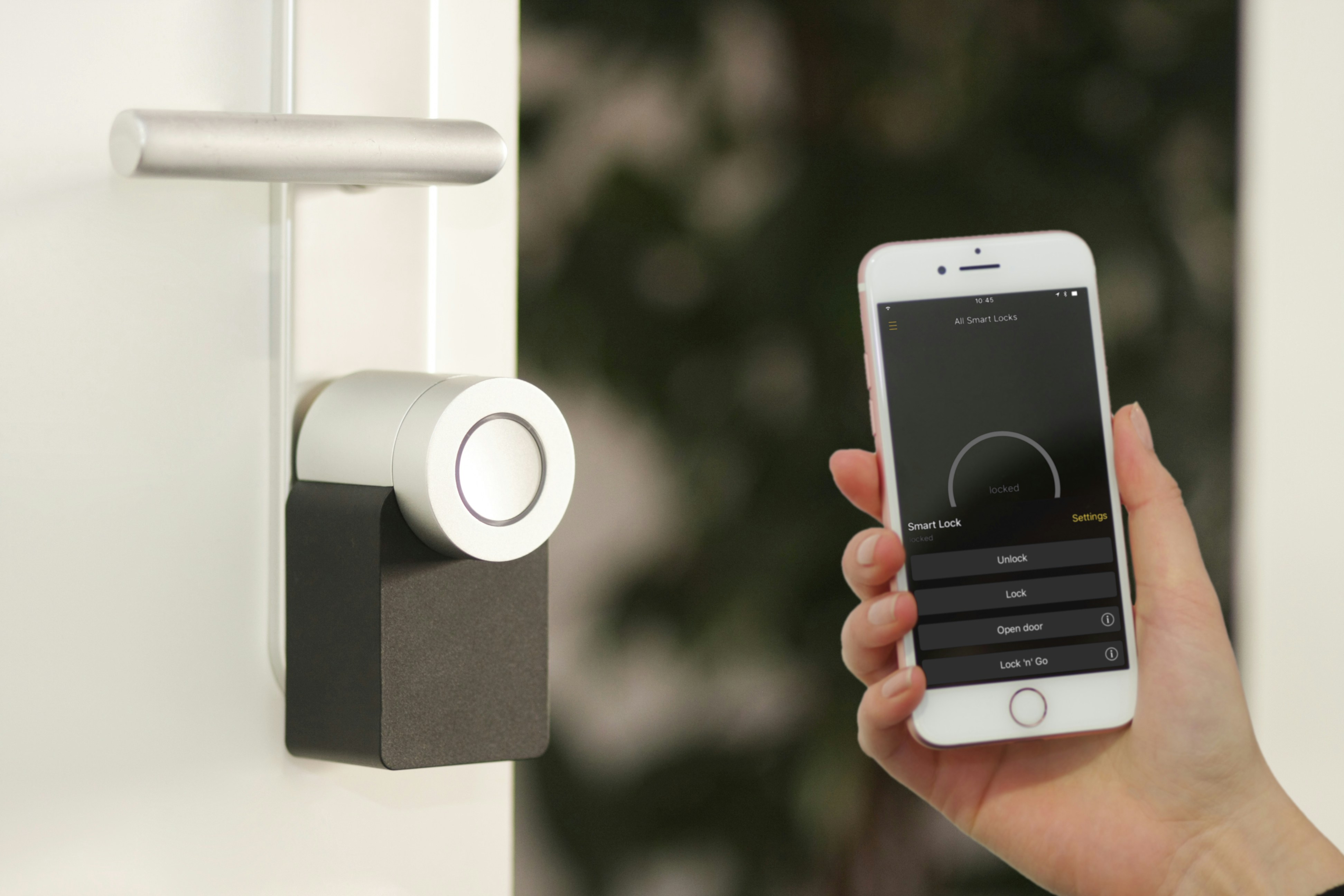
5G Rollouts And Their Game-Changing Impact On Smart Home Automation
Smart home devices now create a welcoming environment by automatically adjusting lighting, playing your favorite music, and setting the temperature just right as soon as you step through the door. This smooth experience relies on the advanced capabilities of 5G, the latest evolution in wireless technology. With its remarkable speed and minimal lag, 5G enables smart gadgets to communicate with one another almost instantly. These improvements make it possible to enjoy innovative home automation features, such as security systems that react the moment something changes and entertainment setups that deliver flawless, high-definition streaming on demand. Everyday living feels easier and more enjoyable with these connected solutions.
Advertisement
Designers and enthusiasts are already dreaming up fresh ideas that play to 5G’s strengths. Whether you’re jazzing up your living room or making your routine chores hands-free, the latest network rollout reshapes what smart homes can do. You’ll hear about real deployments in tech-savvy neighborhoods, challenges homeowners face as they upgrade, and why manufacturers are racing to build 5G-friendly devices. Ready to see how a stronger connection sets the stage for home automation’s next chapter?
How 5G Works
- High speed: Data moves up to ten times faster than 4G, so bulky video and sensor data transfer quickly.
- Low latency: Devices respond in milliseconds, making real-time control feel immediate.
- Massive capacity: Networks can handle thousands of devices per square mile without slowing down.
- Greater reliability: Advanced signal techniques keep your home links active even in busy areas.
Smart home systems usually depend on Wi-Fi or Bluetooth. While those do the job, many devices compete for airwaves and make congestion more likely. 5G intervenes with dedicated slices of network, giving each gadget a steady lane. It responds more smoothly to traffic spikes—like when everyone streams games or video calls at dinner time.
Think of 5G as a superhighway with extra lanes and stronger pavement. You experience fewer slowdowns and fewer dropped connections during peak hours. That reliability matters once you control smart locks or security cameras that need to act without delay.
Smart Home Automation: An Overview
- Smart lighting: Bulbs that change color and brightness on demand.
- Thermostats: Climate control that learns your schedule and saves energy.
- Security cameras: Live video feeds and motion-triggered alerts sent to your phone.
- Voice assistants: Hands-free control of devices through spoken commands.
- Smart plugs: Outlets you can switch on or off remotely or by preset routines.
These common gadgets let you tweak settings from anywhere, but they often depend on local hubs or home Wi-Fi routers. Upgrading to 5G removes the need for a central hub in some setups, since each device can connect directly to the network. It simplifies installation and allows you to spread devices across a wider area—perfect for large yards or guest houses.
Early adopters enjoy running vacation homes or remote cabins on private 5G hotspots. They get reliable coverage without stringing hundreds of feet of cables. This approach also makes adding new devices easy: just snap in a 5G module and watch them join the family.
How 5G Boosts Smart Home Performance
Speed and reliability turn automation into a smooth experience. You might walk through your front door and have curtains open instantly, lights shift to reading mode, and the coffee machine start brewing—all before you hang up your coat. With a 5G backbone, commands move as quickly as you can tap them.
Another benefit lies in distributed processing. Imagine smart sensors that send heavy calculations to edge servers instead of struggling on limited local chips. That enables devices to run advanced tasks—like real-time video analysis or voice recognition—faster and more accurately. It keeps your home systems agile and responsive, no matter how many sensors you add.
Real-World Applications and Early Success Stories
A luxury condo project in New York City uses 5G to connect building-wide sensors, cameras, and climate controls into one smooth system. Residents set up customized routines—movie-night lighting, climate zones for open-concept spaces, and instant security lockdowns. They praise the reliability, noting they rarely see glitches during busy apartment rush hours.
In suburban California, a test community uses soil moisture sensors connected via 5G for smart irrigation. The system activates sprinklers only where and when they’re needed, reducing water waste by over 30%. Homeowners check the status through a mobile app that updates in real time, even if they’re miles away on vacation.
Challenges and Considerations
While the network shows promise, homeowners need to consider coverage. Urban centers often receive 5G first, but rural areas might fall behind. This gap can hinder projects outside high-density zones. Pairing 5G with a reliable backup—like standard Wi-Fi—ensures uninterrupted connections.
Device costs also matter. Adding 5G radios and antennas increases prices temporarily. Still, manufacturers expect costs to decrease as production scales up. Waiting one or two product generations could provide budget-friendly options without sacrificing performance.
Security adds another layer of complexity. Connecting dozens of devices over a public network requires tight encryption and regular firmware updates. Consumers need simple, user-friendly tools to keep settings secure. Some pioneering brands include built-in over-the-air update features, making maintenance almost automatic.
5G improves home automation by enabling faster, more responsive devices. As coverage grows and costs fall, expect innovative gadgets that make smart homes easier and more enjoyable to use.
Advertisement